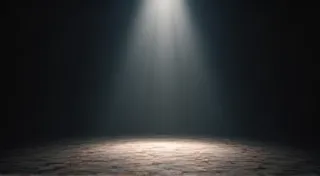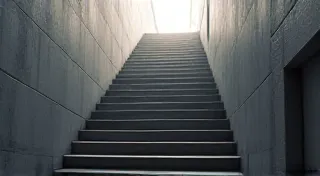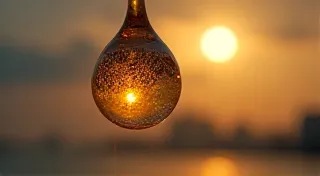The Guardians of the Airwaves: Community Radio and the Spirit of Preservation
There's a certain magic in the crackle of an old radio. It’s not just the sound, though that warm, analogue tone is captivating in itself. It's the feeling of connection – a bridge to a time when radio wasn't just a source of streaming music and news, but a vital community hub, a shared experience. And at the heart of preserving that experience, safeguarding that magic, stand community radio stations. They are, in essence, the guardians of the airwaves, diligently preserving a cultural heritage that increasingly feels lost in the digital age.
My own fascination with radio began, as it often does, with a family heirloom. My grandfather, a carpenter by trade, had built a massive console radio in the 1930s. It wasn’t a particularly fancy model; a sturdy, reliable unit meant to bring news and entertainment to a family huddled around it during uncertain times. He’s gone now, but the radio remains, a tangible link to his memory and to an era defined by the power of shared listening.
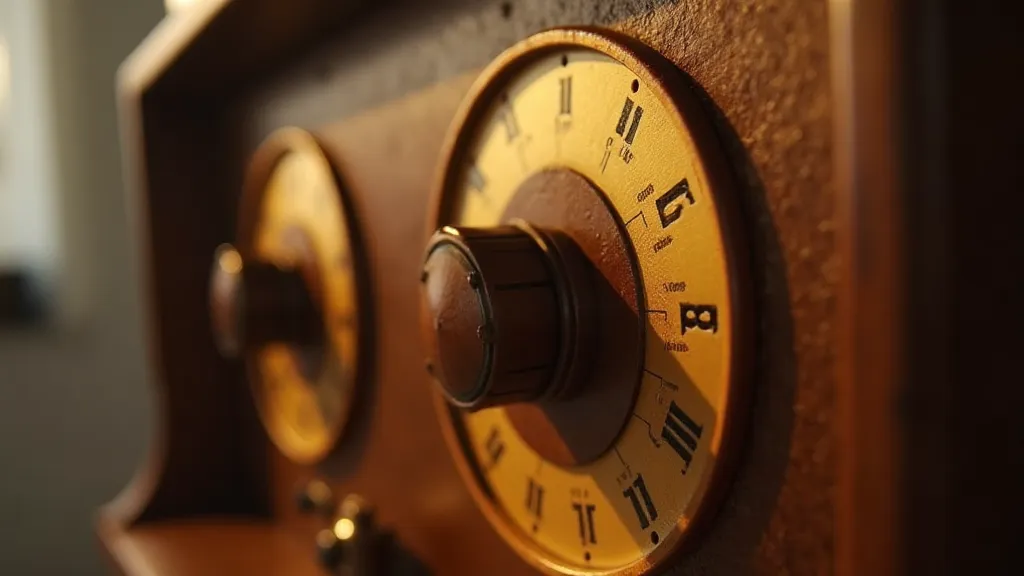
The Golden Age and the Rise of Community Stations
The “Golden Age” of radio, from the 1920s to the 1950s, witnessed an unparalleled explosion of creativity and innovation. Networks like NBC and CBS dominated the landscape, bringing national entertainment into homes across the country. But alongside these giants, a quieter revolution was taking place – the rise of community radio. Initially conceived as a way to serve underserved populations and provide local programming, these stations offered a vital alternative to the increasingly homogenized offerings of the major networks.
Imagine a small town in the heartland, far removed from the glamour of Hollywood. A local farmer might host a weekly show discussing agricultural practices. A high school student might broadcast their own poetry. A local musician could share their original compositions. These were the voices of the community, unfiltered and authentic – a stark contrast to the polished presentations of the network stars.
The shift towards television, however, dramatically altered the radio landscape. As families gathered around their television sets, radio listenership plummeted. Many commercial stations folded, and the era of community radio seemed destined to fade into obscurity. But a dedicated group of individuals, recognizing the value of this unique form of broadcasting, refused to let it disappear.
The Preservation Effort: More Than Just a Signal
The modern community radio movement is a testament to their efforts. These stations aren’t just about playing music; they’s about preserving a vital part of our cultural heritage. They are repositories of local history, providing a platform for voices that would otherwise be unheard. They champion local artists, musicians, and community organizations.
Restoring an antique radio isn’t just about repairing a piece of technology; it’s about connecting with that history. It’s about understanding the craftsmanship that went into its creation – the meticulous assembly of vacuum tubes, the careful winding of coils, the beautiful cabinetry designed to complement the aesthetics of the time. You find yourself appreciating the ingenuity of engineers and the artistry of cabinet makers, all working together to bring the power of the airwaves into homes.
Consider the sheer volume of handmade components that were typical. Early radio production relied heavily on skilled labor, not automated processes. Each vacuum tube was tested, each capacitor calibrated. This level of attention to detail is largely absent in today's mass-produced electronics. It's a realization that fosters a deeper respect for the technology and the people who created it.
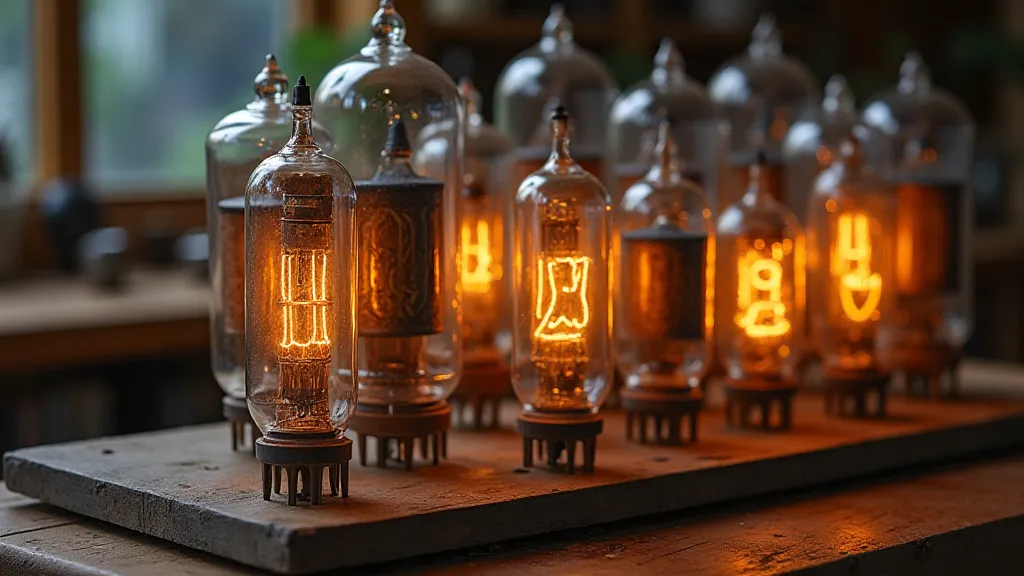
The Challenges and the Future
Of course, preserving this heritage isn't without its challenges. Finding skilled technicians who understand the intricacies of antique radio repair is increasingly difficult. The cost of replacement parts can be prohibitive. And the competition for audience attention in a fragmented media landscape is fierce.
However, there's also a renewed appreciation for analogue technology and a growing interest in collecting and restoring vintage electronics. Younger generations are discovering the warmth and character of these classic radios, appreciating the tangible connection they offer in a world dominated by digital screens.
Community radio stations, too, are adapting to the digital age. Many now broadcast online, extending their reach beyond their local areas. They are leveraging social media to engage with audiences and promote their programming. They are finding new and creative ways to fulfill their mission of providing local programming and preserving radio heritage.
Beyond the Crackle: A Legacy of Connection
Listening to an antique radio isn’s just about hearing music or news. It’s about experiencing a moment in time, connecting with the past, and appreciating the power of community. It's about understanding the vital role radio played in shaping our culture and connecting us all.
The guardians of the airwaves – the community radio stations, the dedicated collectors, the skilled technicians – they are all essential to preserving this legacy. They are ensuring that the crackle and warmth of the airwaves continues to resonate for generations to come.
My grandfather’s radio sits in my living room now, a constant reminder of the power of connection and the importance of preserving our shared heritage. And whenever I hear the familiar crackle of the dial, I’m transported back to a time when radio wasn’t just a source of entertainment, but a vital part of the community.


